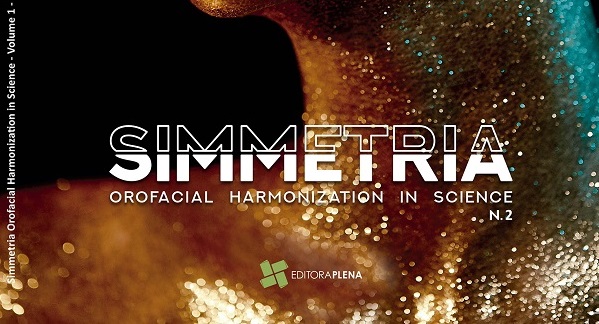Vol. 1 – Number 2 – 2020 Literature review Page 100 CLINICAL AND HISTOLOGICAL EFFECTS OF LONGTERM BOTULINUM TOXIN IN THE STRIATED MUSCLE – SYSTEMATIC REVIEW Cesar Augusto Gruendling¹ Carolina Côvolo da-Costa² Eliane Oliveira Serpa² Tiago Augusto Mueller¹ ABSTRACT Botulinum toxin is a neurotoxin produced by the bacterium Clostridium Botulinum with parasympathetic paralyzing action on the striated muscle which has gained expression as therapeutic and cosmetic media for more than two decades. However, few clinical and histological studies are available regarding its repetitive long-term use in the striated musculature. The most well-known effect is neurogenic muscular atrophy, manifested at the site of application, in adjacent muscles, and sometimes at a distance by a mechanism of still unknown passive diffusion. The efficacy of botulinum toxin in spasmic muscles in neuromotor disorders has been highlighted, but issues remain open in relation to repetitive applications, as well as in the use in cosmetic procedures in non-pathological muscles. This work carried out a systematic review of the literature on clinical and histological findings with emphasis on studies and trials that evaluated the long term use of botulinum toxin in normal and pathological muscles. Descriptors: Botulinum toxins Type A, striated muscle, systematic review. ¹ Prof. Specialization course in Orthodontics – Famed / Odontopós. ² Profª. Specialization course in Orthodontics – Uningá / Eleva Santa Maria.
This content is restricted to site members. If you are an existing user, please log in. New users may register below.




